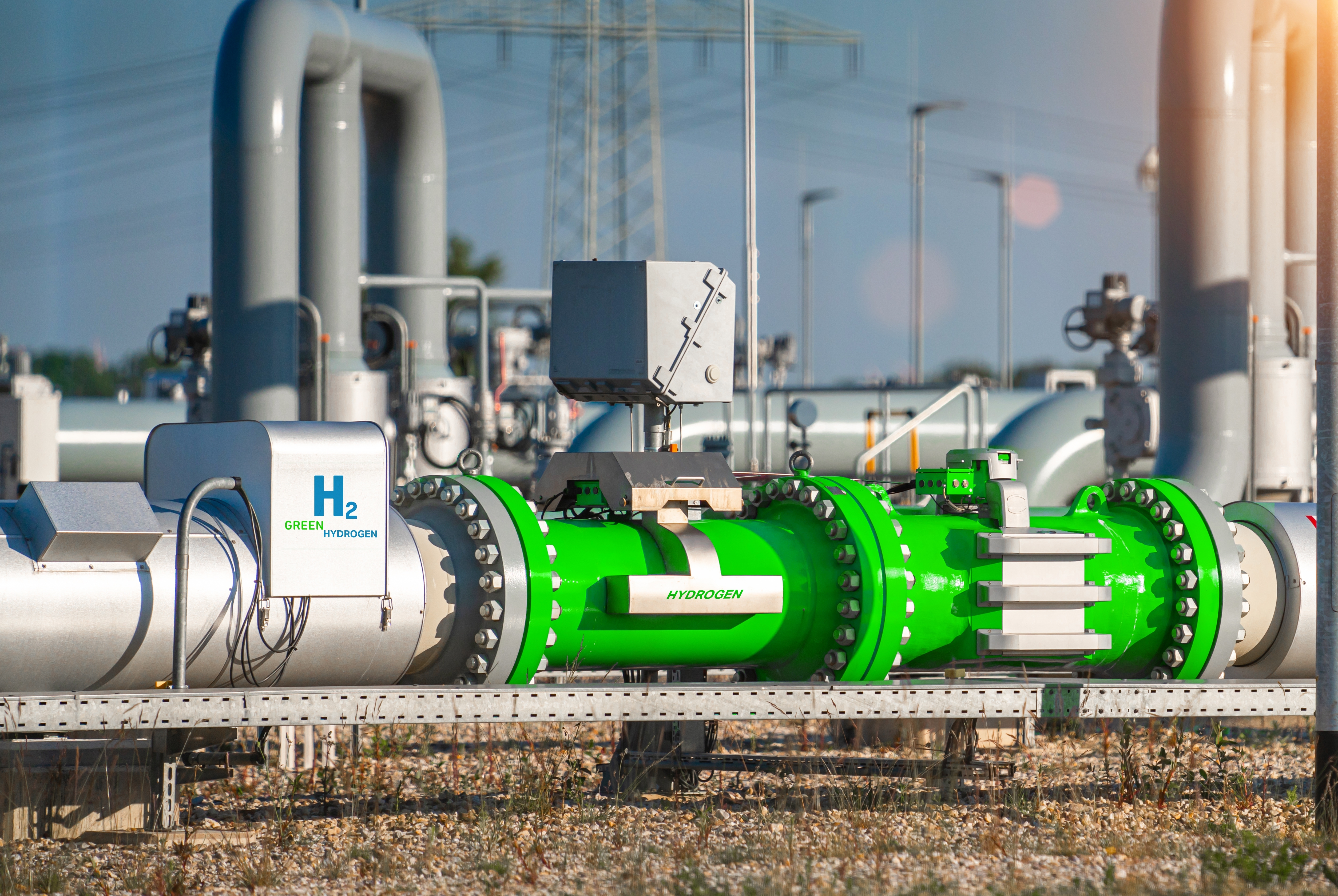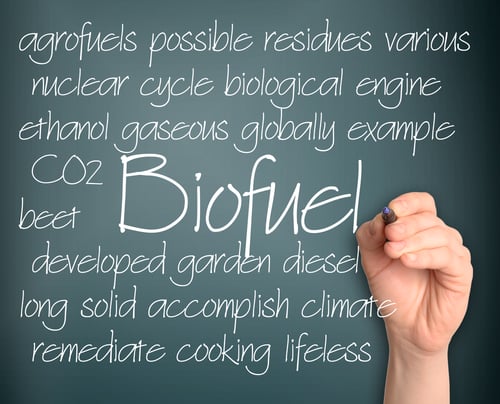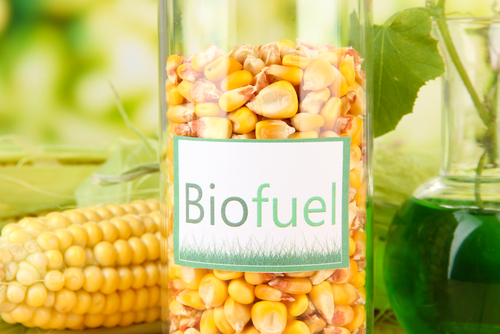California Hydrogen Blending Study Shows Potential Obstacles

Another avenue being looked into for decarbonization in the US is hydrogen blending. Hydrogen blending would use existing natural gas infrastructure for transport, which obviously makes it very appealing from an infrastructure & logistics standpoint as the majority would already be in place.
However, it isn’t clear exactly what impacts hydrogen might have on said infrastructure, and if it would behave similarly to pure natural gas, or we would see issues with pipeline degradation or operational risks like leaks. California is looking into the issue thoroughly.
The “Hydrogen Impacts Study” commissioned by the CPUC (California Public Utilities Commission) published its results on hydrogen blending impacts in July. The study found that:
- Hydrogen blends of up to 5% in the natural gas stream are generally safe, but higher blends result in a greater chance of pipeline leaks and embrittlement of steel pipes.
- Blends of above 5% would require modification of existing appliances to avoid malfunctions, and blends of more than 20% would raise the risk of plastic pipe leaks and subsequent ignition of gas outside the pipeline
- Due to the lower energy content of hydrogen, more hydrogen-blended natural gas would need to be supplied to consumers to deliver the same amount of energy that they currently use with pure natural gas.
The study concluded that real world demonstrations will be necessary to determine safe levels, and ensure that risks like ignition are eliminated. Southern California Gas, San Diego Gas & Electric, and Southwest Gas filed a joint application with CPUC to implement demonstration projects. The projects seek to use a phased up approach to determine safe levels and assess if hydrogen blending is a feasible next step towards decarbonization for California.
I wrote an article for Oil & Energy Magazine last month on Hydrogen Blended Natural Gas and the projects in California. If you would like to read more details on the blending and the pilot demonstration programs you can read that article in its entirety here: Study on 'Hydrogen Blending Impacts' Reveals Potential Obstacles


